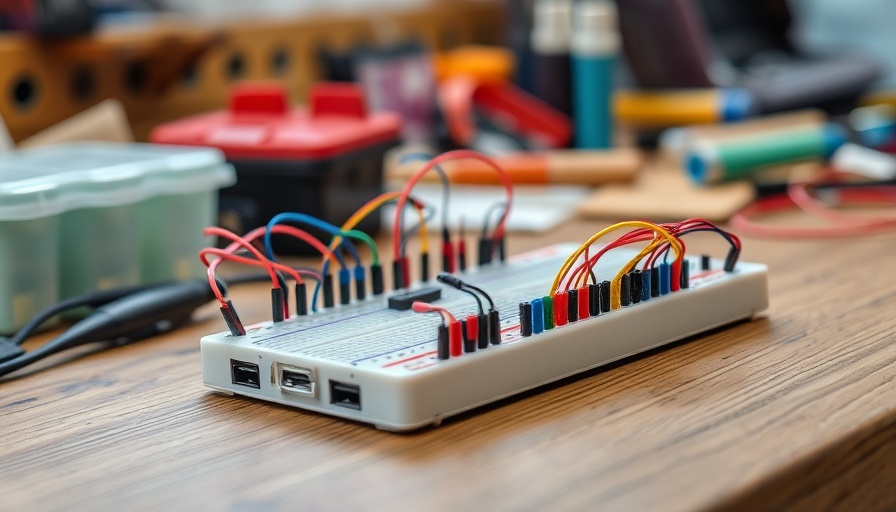
Why STEM Matters Now More Than Ever
The importance of Science, Technology, Engineering, and Mathematics (STEM) education has become a focal point for discussions about the future workforce. With predictions that 80% of all jobs by 2030 will rely on STEM skills, the urgency for effective K-12 programs cannot be overstated. As schools look to rebound after the disruptions caused by COVID-19, there are critical insights worth considering how to strengthen STEM education.
Lessons Learned from COVID-19: Paving the Path Forward
The COVID-19 pandemic disrupted the traditional educational environment, shifting priorities towards immediate needs like mental health and virtual instruction. However, this shift has illuminated existing gaps and challenges in STEM education. As highlighted in the Teaching K-12 Science and Engineering During a Crisis report by the National Academies, a staggering 88% of teachers reported that students engaged less in science learning during remote learning. This stark reality calls for innovative solutions to bolster STEM curricula while ensuring equity.
Pioneering Solutions: Bridging the Gap
Experts agree that the way forward demands an integrated approach that embraces technology. As Michele Israel emphasizes, teachers have adopted creative digital learning strategies to engage students. The ability to use technology as a bridge can create a more equitable learning environment. With tools allowing students to conduct experiments and engage with interactive simulations, STEM education can thrive, even in non-traditional settings.
Keeping Kids Interested: Strategies Beyond Early Education
Research indicates that while interest in STEM might start in elementary education, maintaining engagement through secondary education is a key challenge. As Jason Innes from KinderLab Robotics mentions, there is a need to transition beyond initial exposure to continuous interest in STEM fields. Encouraging STEM-related activities and real-world applications can help students, particularly those from underrepresented groups, to see the value in these fields.
The Role of Policy in Reinforcing STEM Education
As we look at the future of STEM in education, policy improvements are crucial. Funding and support must be directed towards not just addressing gaps exposed during the pandemic but also towards a long-term strategy that empowers teachers. With recommendations from experts like Tricia Shelton from the NSTA, school districts can leverage new funding sources to enhance professional development for teachers while also updating curriculum resources.
Empowering Educators for Lasting Impact
In closing, teachers are on the frontline in shaping the future of STEM education post-pandemic. They must be empowered with the proper resources and support systems to adapt to current realities and inspire the next generation. The pandemic has revealed the resilience of educators, but sustained efforts towards better practices and robust STEM initiatives will determine whether we meet the rising demand for STEM professionals and maintain our competitive edge globally.
 Add Row
Add Row  Add
Add 




 Add Row
Add Row  Add
Add 

Write A Comment